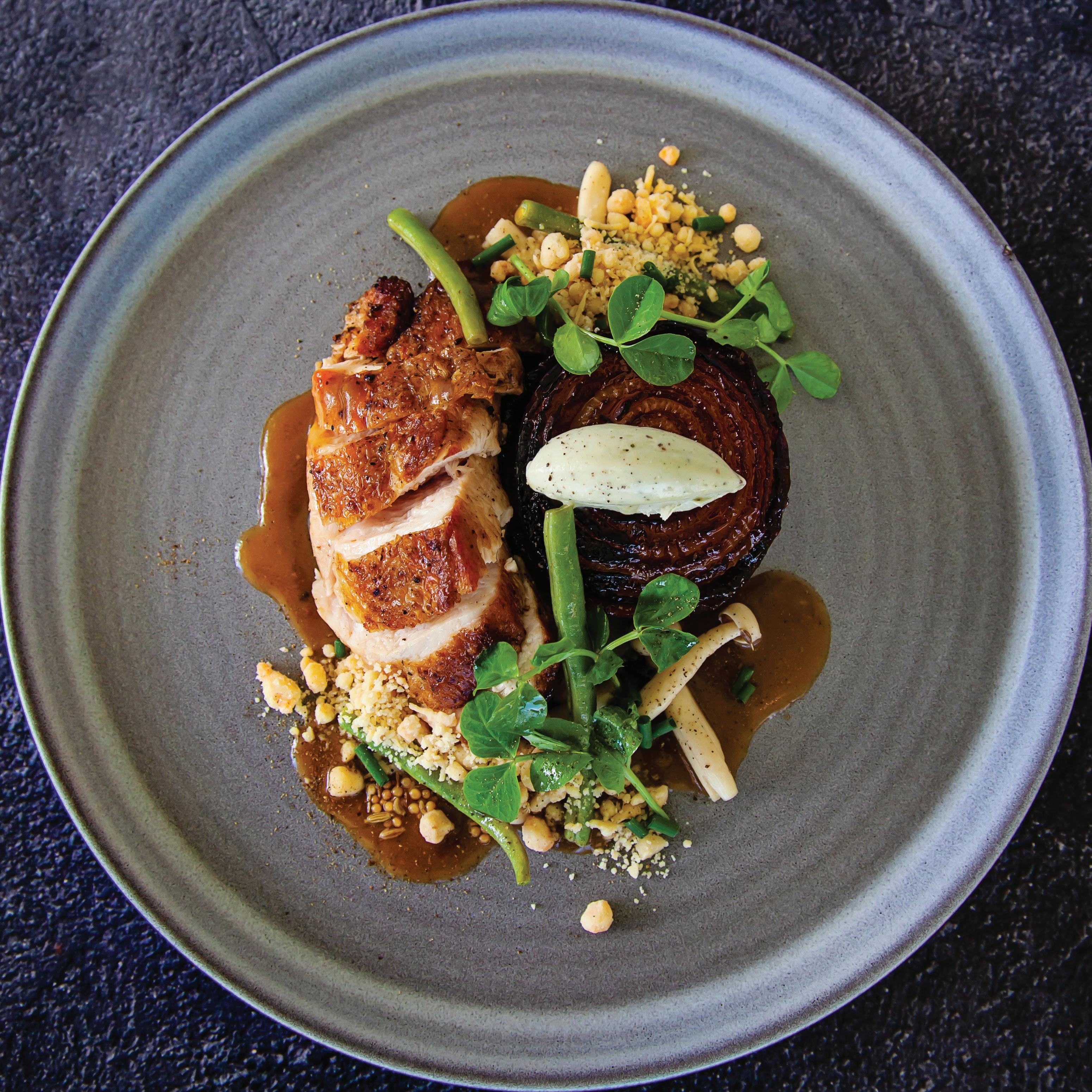I have often been told that it’s traditional to serve red wine with red meat and white wine with white meat. Several of my friends have recently become hooked on diets like veganism or cholesterol-free meals. How do I select wines to accompany these dishes? Rules were made to be broken. Like diets, dress codes are now largely disregarded. Nobody cares if you wear veldskoen with your dress suit these days. Modern lifestyles allow you to be creative when pairing food and wine. Food is no longer strictly classified as “red” or “white” accompaniments. Instead, consider factors such as acidity, saltiness or palate weight. You might try matching a delicate, dry pink wine with a quiche, for example, or a spicy Shiraz with a toasted cheese sandwich. Meals are about sharing and company, more than just food and drink. Relax and enjoy. Forget the rules. If you think a sweet Hanepoot would pair with your avocado salad, go for it.
Your Wine FAQs
your Wine Questions answered by David biggs
I recently bought a bottle of dry white wine whose label proclaimed it had been “night harvested.” Is there any real benefit to be obtained by harvesting grapes at night, or is this simply a marketing ploy? White grapes should be kept as cool as possible from the time they’re picked until they are safely in the cellar. This is to avoid delicate flavour compounds evaporating before the grapes are pressed. Some producers—particularly in warmer areas— like to harvest their grapes during the cool of the night to retain all the flavour. Other farmers prefer to pick their grapes very early in the morning, for the same reason.
FAQ summer.indd 46
An uncle of mine complains that he finds it hard to find a good jerepigo these days. It has always been his favourite wine, but he says nobody seems to buy it any more. Why is jerepigo so scarce now? It could be argued that jerepigo is not a true wine at all. Instead of fermenting grape juice, it is made by adding alcohol to very sweet, unfermented grape juice—usually Hanepoot juice. (Muscat d’Alexandrie) All the original sugar is retained in the juice. With today’s trend toward healthy lifestyles, not many people are buying drinks with high sugar content and with an alcohol content of almost 20%.
A sophisticated wine connoisseur friend often serves expensive Bordeaux-style wines to his guests. This is usually accompanied by considerable ceremony and he insists on opening the bottle an hour before pouring it in order to allow it to “breathe.” Should one always allow red wine to breathe before pouring it? It depends on the occasion. If you’re judging the wine in order to compare it with similar wines in a competition, by all means, allow breathing time. But if you simply want to share a good wine with friends, cut the ceremonial thing and keep it simple. Under normal social conditions, a few minutes of “breathing” is not going to make a significant difference to the wine. In any case, by the time you’ve taken a few sips from your glass, the wine will have taken a few deep breaths on its own.
2021/11/18 03:29
















